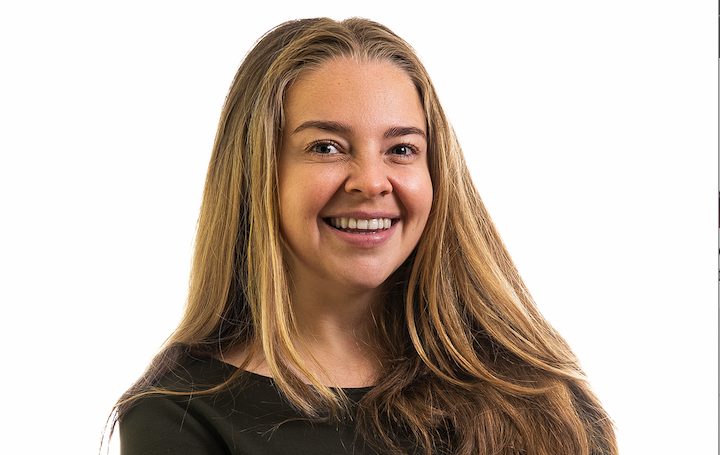Living in the picturesque countryside of the UK can seem idyllic, but beneath the scenic landscapes lies a significant challenge that rural residents face daily: the lack of public transport. Unlike urban areas with their extensive and frequent transport networks, the countryside often feels disconnected and isolated due to inadequate public transport options.
The Reality of Rural Transport
- Infrequent and Limited Bus Services: Rural bus services are notorious for their infrequency and limited routes. Many areas are served by just a few buses daily, and in some places, buses are non-existent on weekends. This lack of regular service leaves residents with few options for travel, making simple trips a logistical nightmare. If you miss the bus, you’re most defintetly, 100% late to work!
- Sparse and Inconvenient Rail Services: While some rural areas do have access to rail services, these are often infrequent and require significant travel to reach the nearest station. The schedules are not designed for convenience, with long gaps between trains that make commuting or spontaneous trips nearly impossible.
- Accessibility Challenges: The lack of public transport disproportionately affects the elderly and disabled who may be unable to drive. Without accessible transport options, these individuals are often left isolated, struggling to access essential services and maintain social connections.
The Urban-Rural Divide
In stark contrast, cities like London boast an impressive array of public transport options, from the iconic Underground to an extensive bus network, trams, and even cycle hire schemes. These systems are not only frequent and reliable but also well-integrated, offering a level of connectivity that rural areas can only dream of.
Bridging the Gap
- Increased Investment: To address the transport disparity, increased funding is essential. Government subsidies for rural bus services can help maintain and expand routes, ensuring more frequent and reliable services. Investing in infrastructure, such as better roads and improved rail connectivity, can also make a significant difference.
- Innovative Transport Solutions: Implementing Demand-Responsive Transport (DRT) systems, where buses operate based on real-time demand, could revolutionize rural transport. By using technology to optimize routes and schedules, DRT can provide a more flexible and efficient service.
- Community-Led Initiatives: Supporting community-run transport initiatives can fill the gaps left by commercial operators. These services, tailored to local needs, can offer essential transport options for residents.
- Policy and Planning: Integrating transport planning with housing, healthcare, and employment policies ensures cohesive rural development. Promoting sustainable transport options, like electric buses and improved cycling infrastructure, can also provide viable alternatives to car travel.
- Leveraging Technology: Modernizing rural transport with smart solutions, such as real-time data and e-ticketing, can enhance the efficiency and user experience. Apps that provide real-time information on bus and train schedules can help residents plan their journeys better.
Throughout my everyday work, especially when working internationally, this is an ongoing problem in most countries. Paris, with an effective public transportation system, yet the rural areas do not have a bus stop in sight. The same for Madrid and the rural areas. Dubai.. well, that’s a whole other story! Instead of investing in large schemes, start investing in local mobility plans. We can then begin to bridge the gap between rural and urban transport. Only then can we ensure that all residents, regardless of where they live, have access to reliable and efficient public transport, enhancing their quality of life and fostering greater social and economic inclusion. Also thus helping out the climate change and pushing for sustainability!
 Image retrieved from: https://www.istockphoto.com/photos/country-bus-stop
Image retrieved from: https://www.istockphoto.com/photos/country-bus-stop
I guess she will be late for her flight or train haha!
About Vectio
At Vectio we are focused on the effective planning of sustainable mobility, we are experts in this field. Throughout our ten years of life we have always maintained an innovative vocation, betting on the technological means most demanded by our customers. We have the firm conviction that, after more than 500 successful projects, what differentiates us from any other company in the sector is the use of the best technology for the capture and analysis of traffic and mobility.

